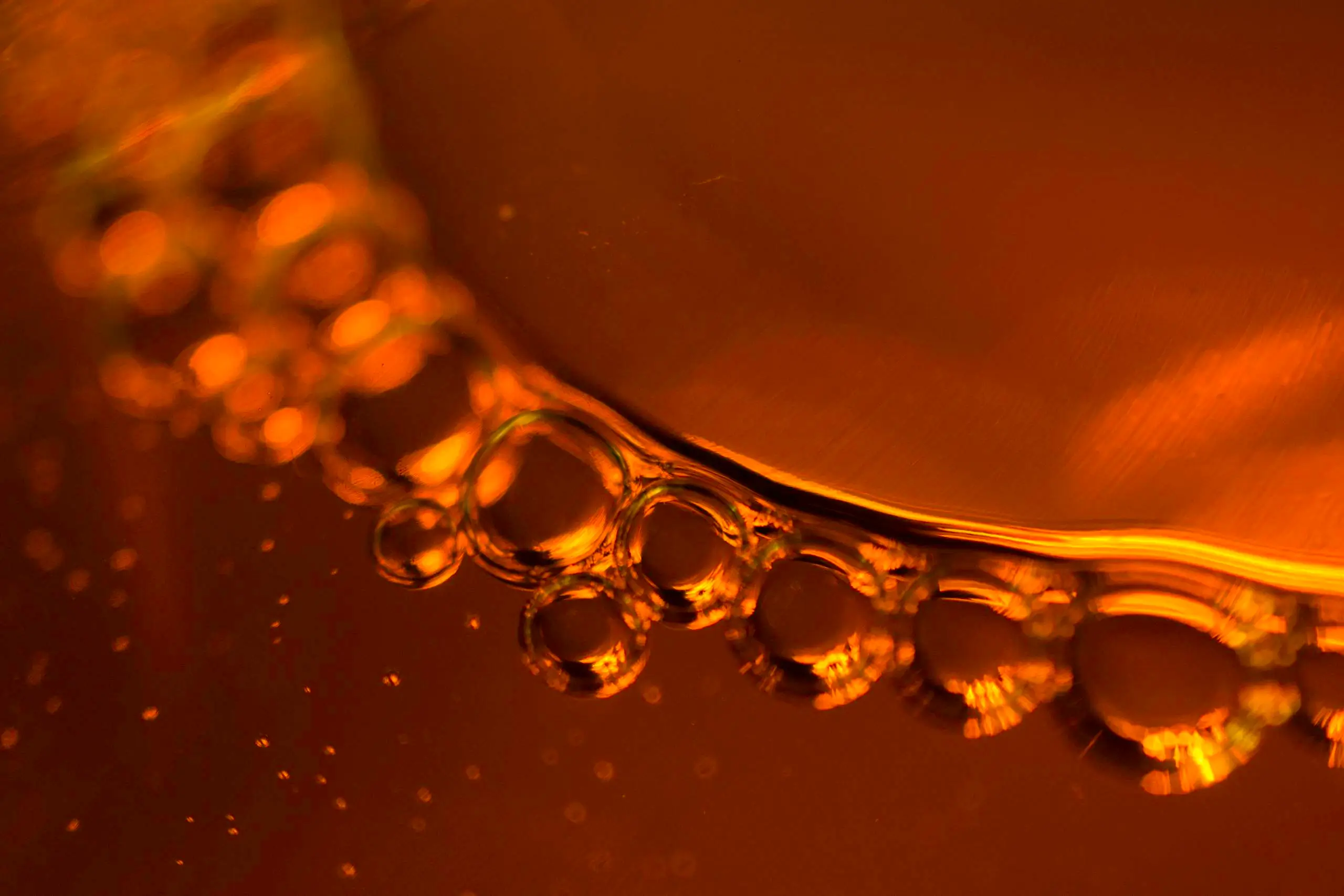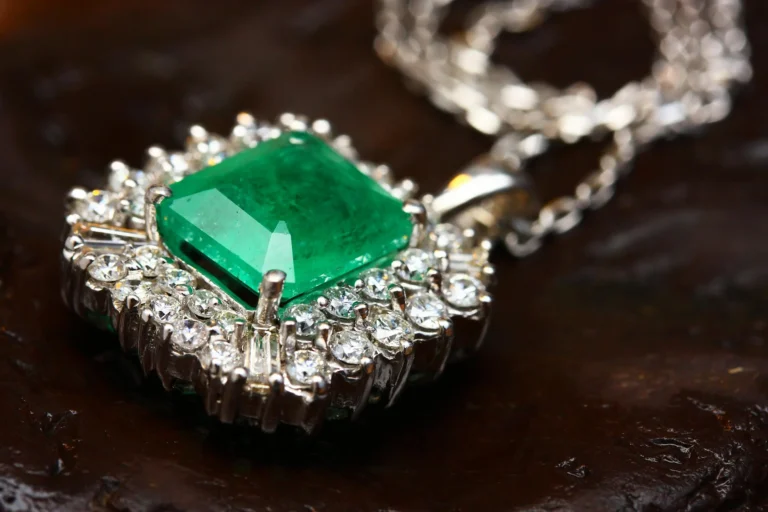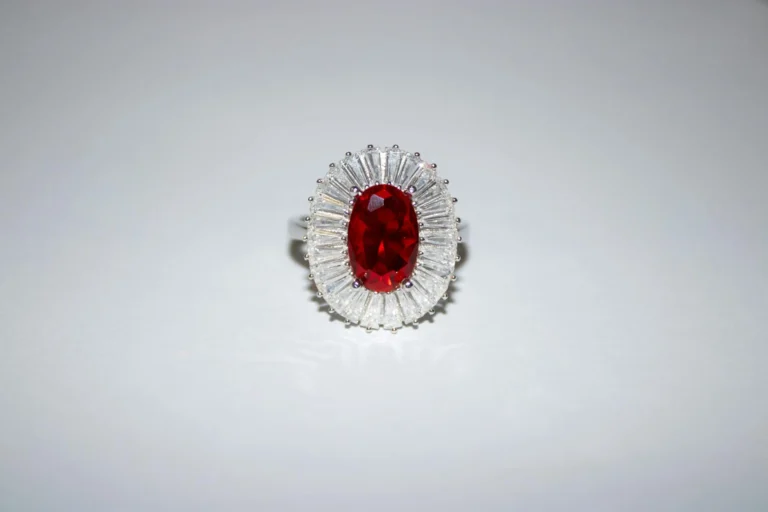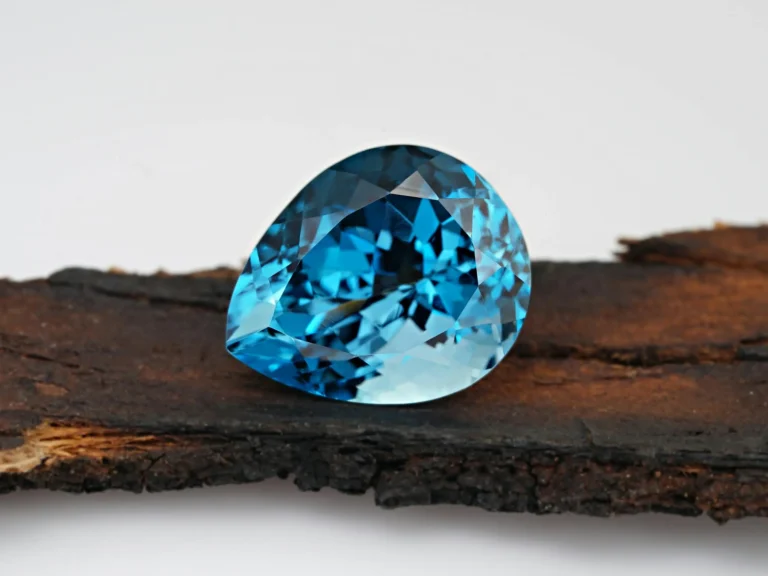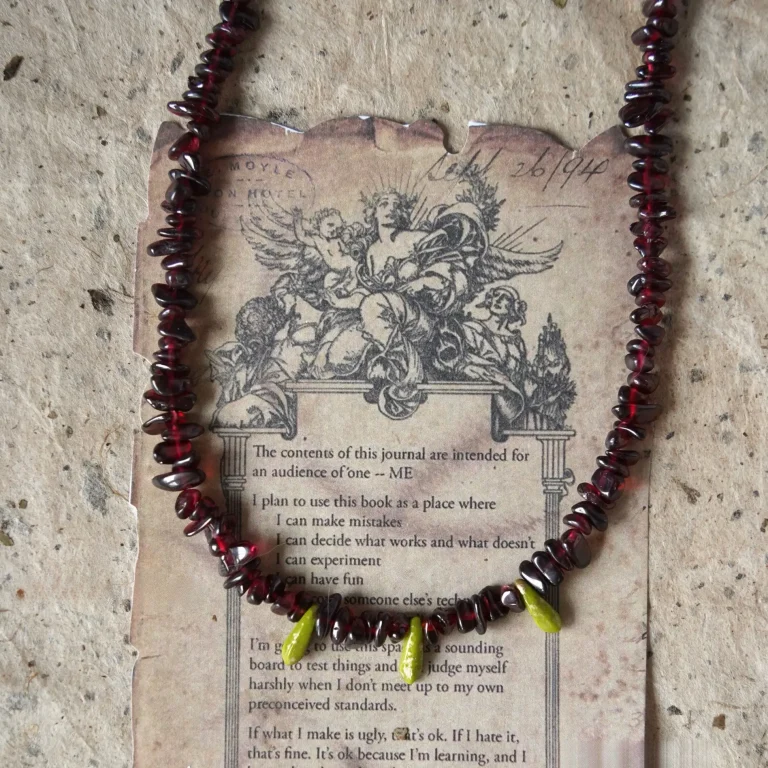Real Amber Identification – 10 Essential Tips from Peonyjewels
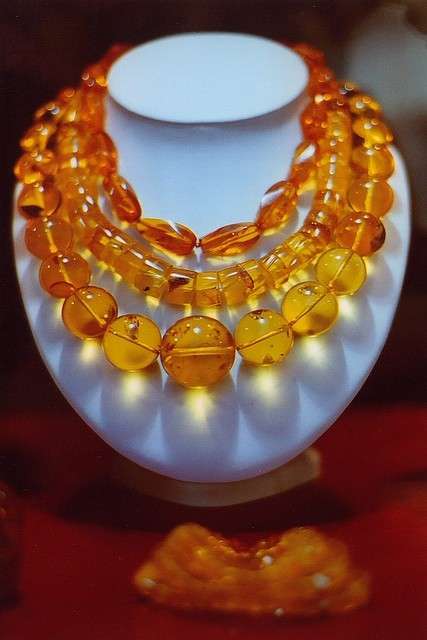
Real Amber Identification begins with understanding why amber captivates collectors worldwide. This timeless natural gem, revered across Europe as luxury jewelry and celebrated in China as a cultural treasure, is mystifying — many even say “its waters run deep.” Explore these ten essential insights, and you’ll no longer be a clueless novice when encountering amber.
1. “Thousand-year amber, ten-thousand-year beewax”?
Amber and beewax (蜜蜡, often called “wax amber”) both originate from fossilized tree resin produced by gymnosperm or leguminous plants during the Cretaceous to Neogene eras. There is no strict temporal hierarchy — one is not necessarily “older” than the other.
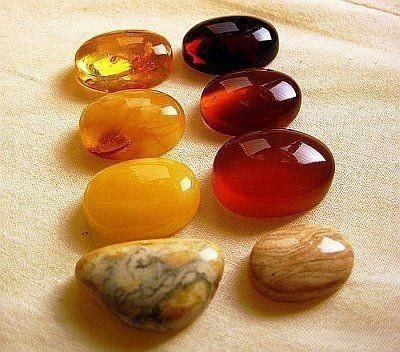
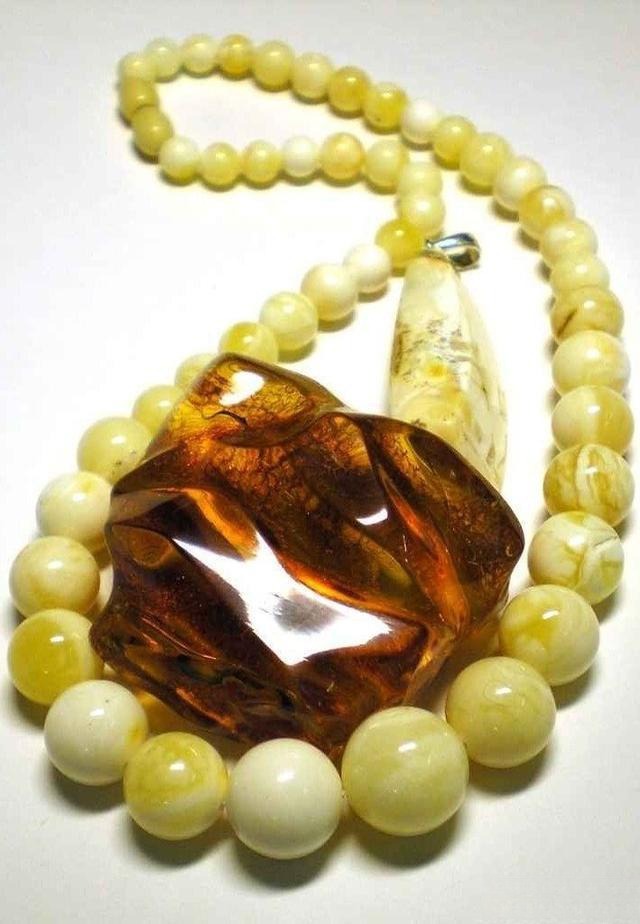
In gemology, both are classified under the amber family. What determines transparency is the amount of succinic acid and the density of micro-bubbles. Internationally, the more transparent and crystal-clear ambers are prized as premium. In China, however, lower transparency beewax types often command higher prices — a reflection of cultural tradition and consumer preferences.
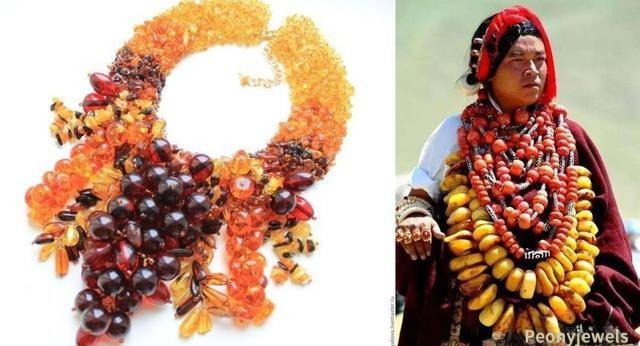
2.Key Signs for Real Amber Identification: Watch the Weight
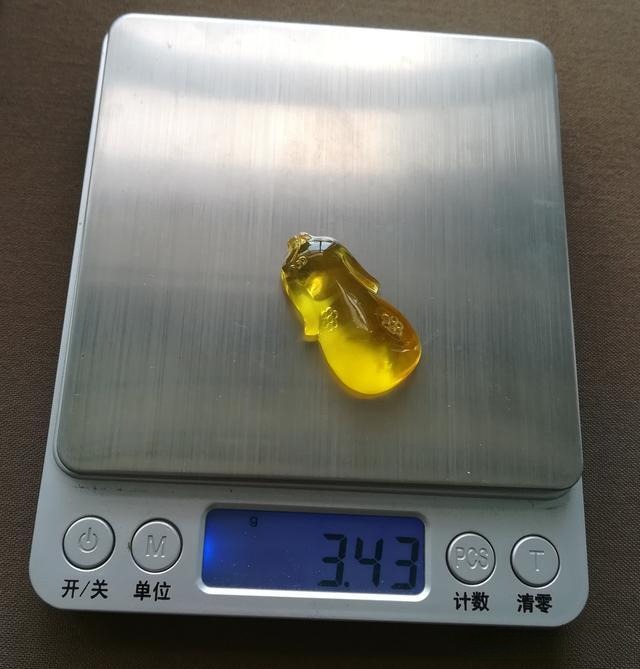
Amber’s density is very low, about 1.08 g/cm³, because its principal components are resin and volatile oils. In the gem trade it is usually weighed per gram (rather than by piece, unless in a setting). True amber is famous for being “light as a swallow” — if a piece feels unusually heavy, suspect it is fake or adulterated.
3. Real Amber Identification Tips: Why Almost All Large Insect Ambers Are Fake
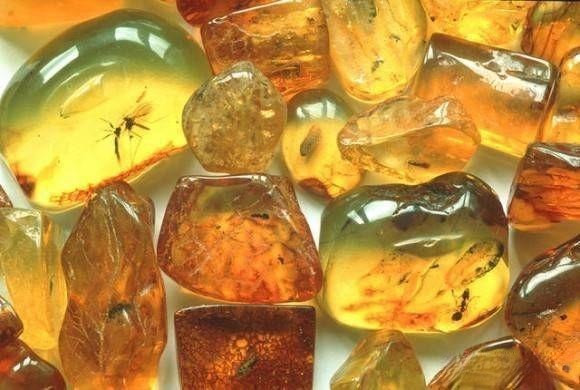
In real life, nine out of ten of those huge, perfectly preserved insect ambers you see are fakes — and the tenth one is probably lounging in a museum, sipping a latte.
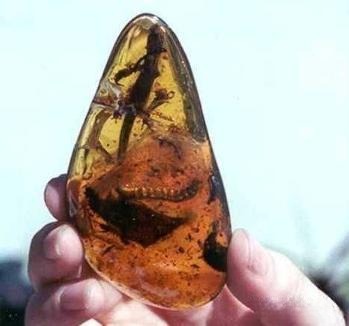
A piece of insect amber from Poland contains a tiny lizard, a worm, plant fragments, and other natural debris, showcasing the intricate inclusions preserved over millions of years.
However, you often encounter large, pristine amber pieces in craft shops, cultural markets, or roadside stalls. These pieces typically enclose a scorpion or cicada, and they appear lifelike and majestic, as if a textbook specimen had been carefully sealed inside.
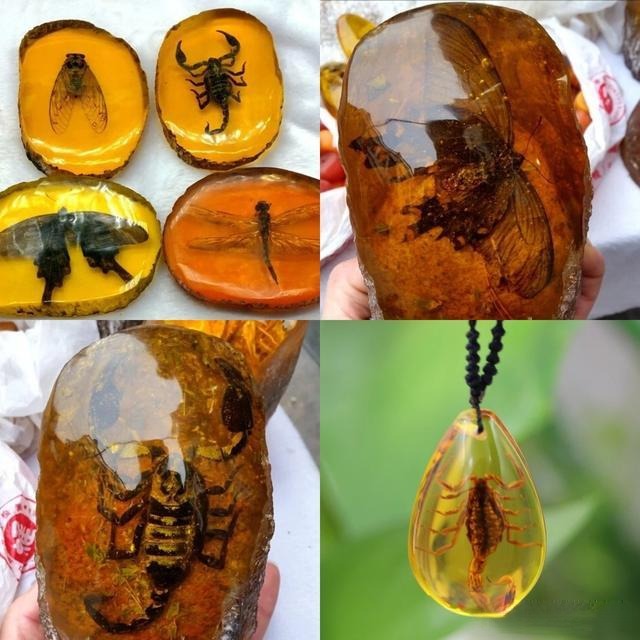
Do not let their perfect appearance deceive you — sellers frequently offer amber imitations that mimic these extraordinary features. Genuine specimens are exceedingly scarce and usually only appear in museums or private collections.
4. Real Amber Identification for Colored Ambers: Red, Blue, and Green
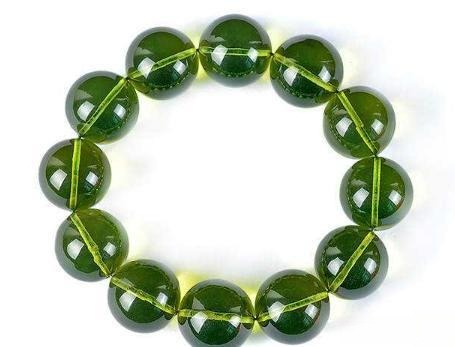
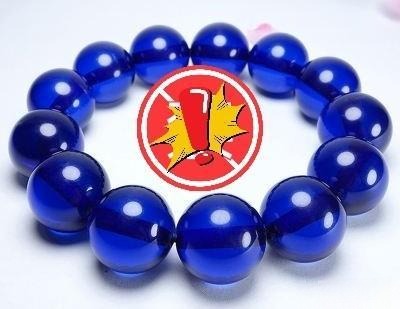
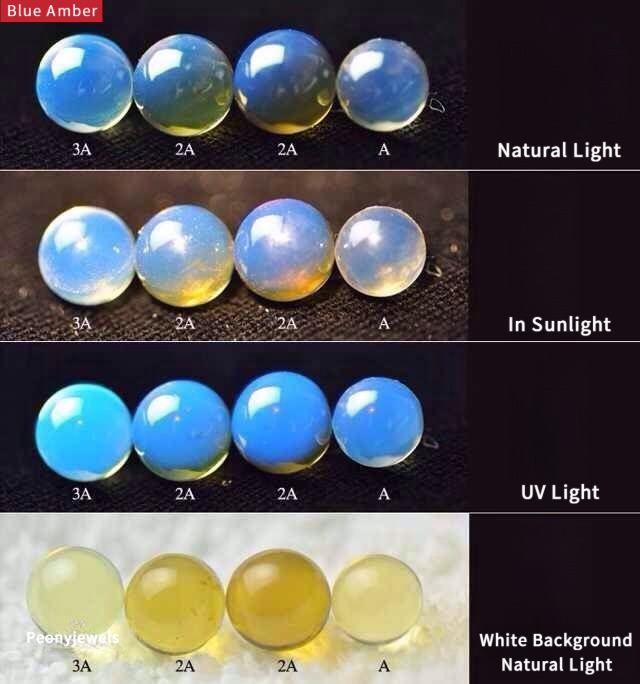
- Green amber (green amber is rare): Genuine green amber is extremely scarce. Most so-called “green amber” in the market is actually copal resin that has undergone multiple heat/pressure treatments.
Tip: Copal is softer (hardness may be ~1.5), shows strong white fluorescence under UV, and softens or becomes tacky with contact to ether — unlike true amber. - Blue amber is not openly blue: If you look at it casually and it appears strongly blue, it’s probably fake. True “blue amber” often only shows blue hues under specific lighting conditions (strong white light or indirect light).
- “Blood amber” (red shades): There exist both artificially heat-colored pieces and rare naturally colored Burmese blood amber. But whether natural or treated, improper care can lead to weathering and crack patterns.
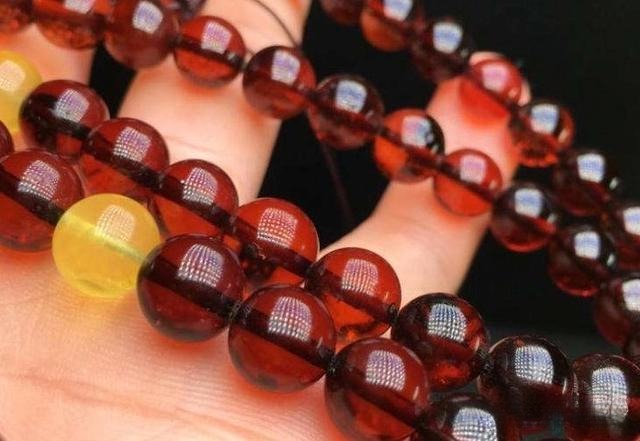
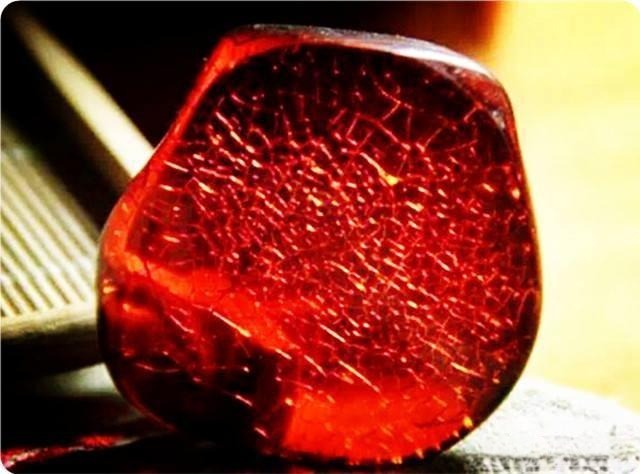
5. Real Amber Identification Insight: Avoid Artificial “Chicken-Oil Yellow” Amber
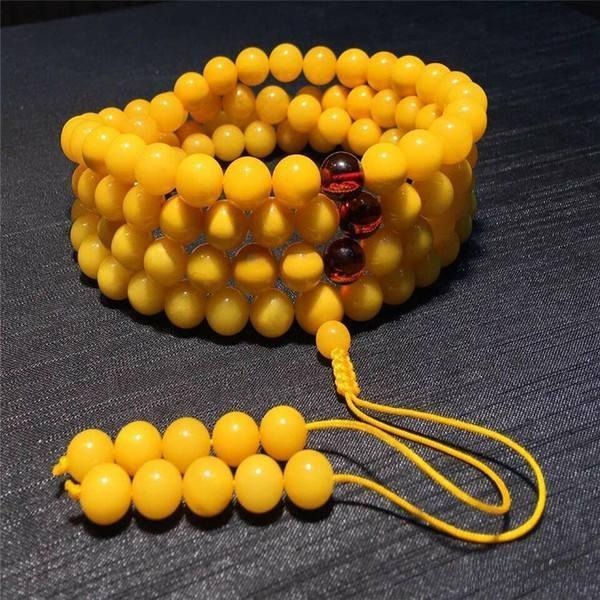
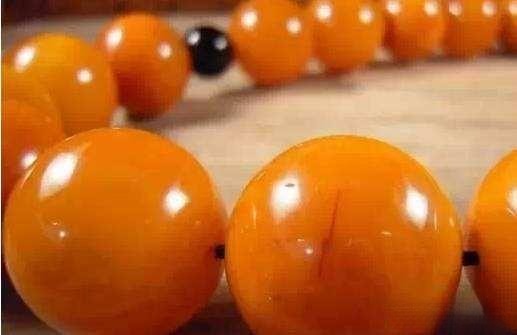
Because many consumers prize the “chicken-oil yellow” (a warm, deep yellow) tone, some sellers artificially bake or heat-treat lighter amber to produce that color and sell it at a premium. Similarly, many pieces called “old wax” are just color-treated. Such baking is a physical optimization, not full treatment, so most standard identification certificates still label them as “natural amber (beewax).”
6. How Real Amber Identification Helps Spot “Flower Ambers
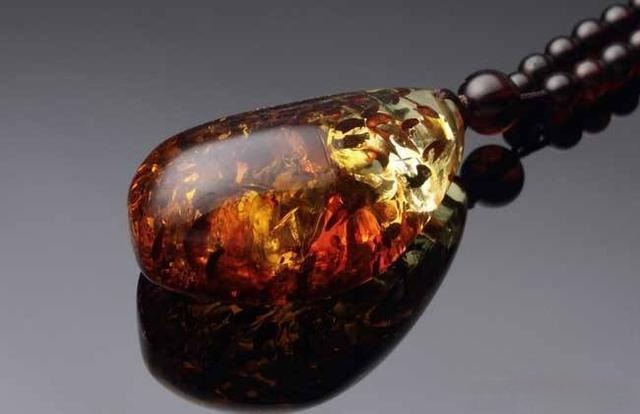
Many so-called “flower ambers” are enhanced. The method: use heat to cause internal micro-bubbles to burst, forming flower- or sun-ray patterns (“petals”) inside the piece. In other words: heat treatment to “improve” appearance.
7. Spotting Fake Amber: What You See Polished Live Isn’t Always Real
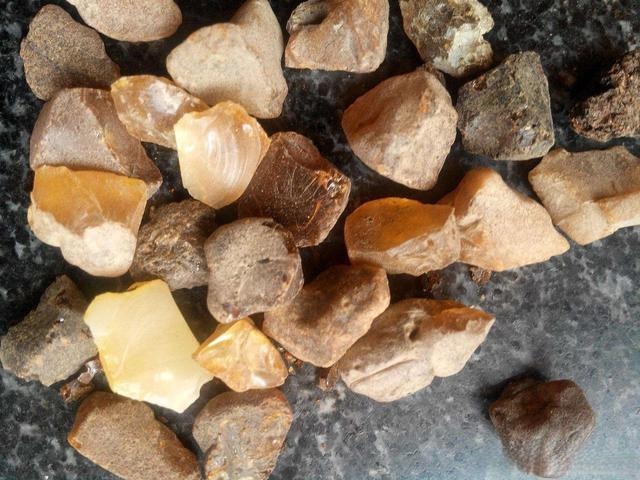
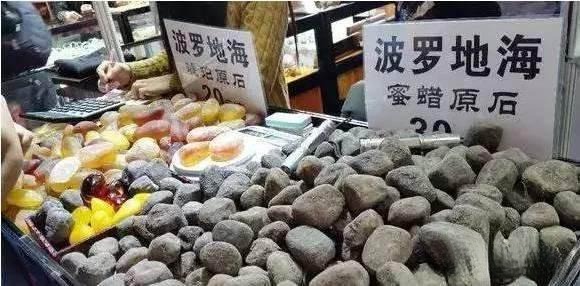
At many stalls, you’ll see sellers polishing “raw amber” on the spot. Sellers often create these fakes from “mali san (玛丽散),” copal resin, or plastics, they never use true amber. Even when the piece contains genuine amber, it usually comes from low-quality scraps. Remember this golden rule: artisans rarely polish high-grade amber live in front of buyers.
8. Bubbles can appear in any amber
Natural amber, enhanced amber, reconstituted amber, and imitations can all contain visible bubbles.
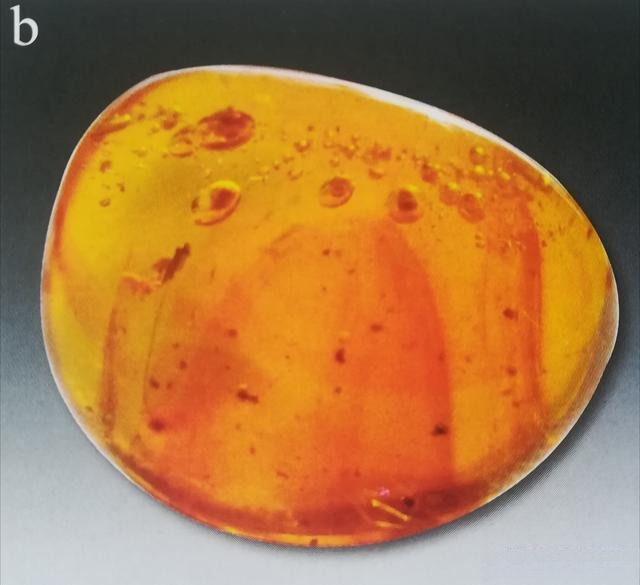
- In natural amber, bubbles are usually gas or gas–liquid inclusions.
- In heat-boiled amber, many bubbles may be present.
- In pressed/reconstituted amber (e.g. powder or fragment-pressed), elongated bubbles may form.
- In plastics or modern resins, bubbles may be trapped during manufacture.
When judging, the context and morphology of bubbles matter, not just their mere existence.
9. “Medicinal amber (药珀)” isn’t true amber
Merchants often sell a blackish lump as “medicinal amber,” but it actually contains jet, a type of lignite or bituminous coal. Although miners sometimes extract jet alongside amber, jet remains coal and never qualifies as genuine amber. Avoid confusing it with real amber.
10. Amber’s medicinal value is limited
Amber is recognized in traditional Chinese medicine as a materia medica. But wearing amber daily does not equate to treating diseases. Many merchants exaggerate amber’s healing powers to boost sales. When purchasing, don’t let medicinal claims distract you from focusing on the gem’s actual quality. After all, you wear amber for beauty and meaning — not to grind it into powder and rub on your body. If your goal is health, a balanced lifestyle, a good diet, and exercise remain far more reliable.
Final Thoughts from Peonyjewels
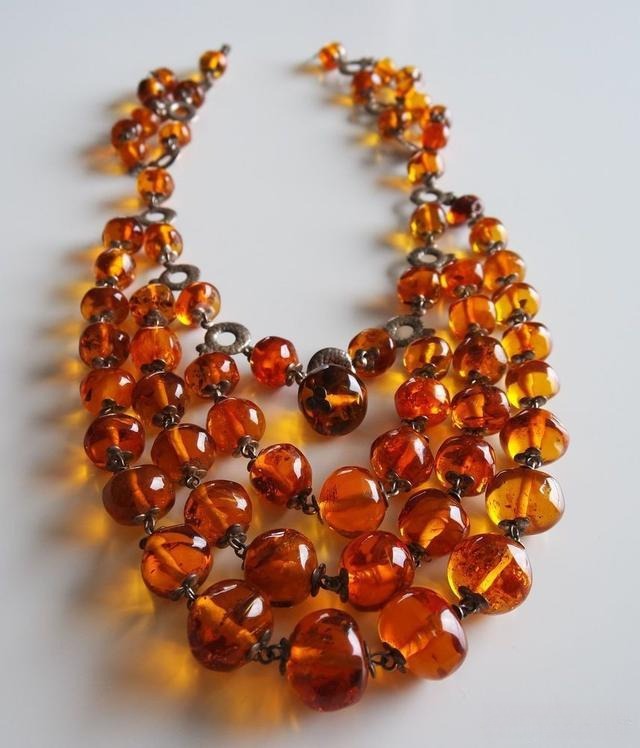
Read more, learn more — don’t impulse-buy.
The web is full of both solid knowledge and misleading hearsay. For a newcomer to amber, these ten truths may free you from the label of a total beginner — but don’t mistake them for mastery. To evolve from novice to connoisseur, you still need hands-on experience, viewing specimens in jewelry stores, museums, and gem markets. Beauty speaks without words; as you see more top-grade amber, you’ll naturally learn to see through the noise.
If you want to sharpen your gemstone buying skills even further, explore more practical insights in the Peonyjewels blog: Gemstone Jewelry Buying Tips – Hidden Tricks Jewelers Don’t Want You to Know.
For those who appreciate handcrafted beauty and vintage-inspired designs, our Peonyjewels handmade vintage earrings are thoughtfully created by Peonyjewels artisans, each piece reflecting timeless elegance and artistry.
— Peonyjewels

